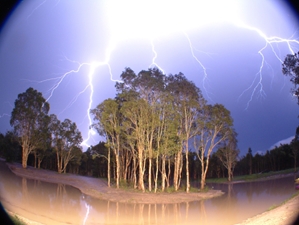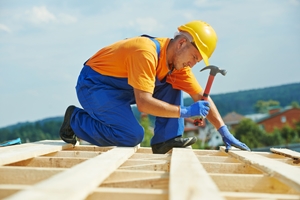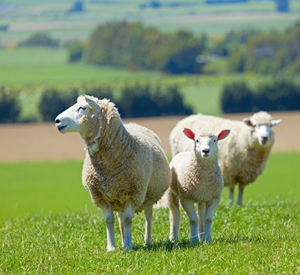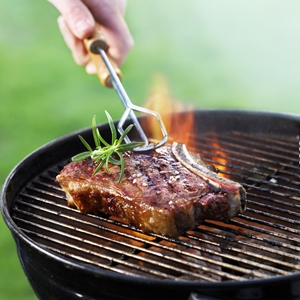Whether you're constructing custom designed workshops or industrial sheds for storage, chances are you'll have plenty of questions to ask the builders you're working with.
We here at Shed Boss are dedicated to working with our clients every step of the way, but not every builder is as forthcoming about keeping their customers informed.
With that in mind, there are at least three questions every builder should be able to answer for you when working on a project.
Are you qualified?
Being a qualified builder doesn't just mean having knowledge and experience, it means being licenced to work.
Not only is Shed Boss committed to only hiring builders who are properly licenced and insured, we're also passionate about sourcing workers from local communities to ensure money stays in the local economy and jobs are provided for those that live there.
Have you worked on similar projects?
No two building projects are the same, but if you're working with a builder who has no experience constructing commercial sheds, that should be a red flag.
Shed Boss has been building strong and building right for more than 15 years, and our focus on custom designed sheds makes us leaders in the industry.
How are you building for my site?
The actual building is only one part of the construction equation. The site it's being built on just as vital to consider.
At Shed Boss, we know how important it is to design for specific sites, building to suit the needs of our clients and their land.
Sites also affect the types of permits that may be required, a process Shed Boss is more than happy to assist with.
While there are plenty of other questions qualified builders should be able to answer, these three should be at the top of your list next time you plan on building commercial sheds.








